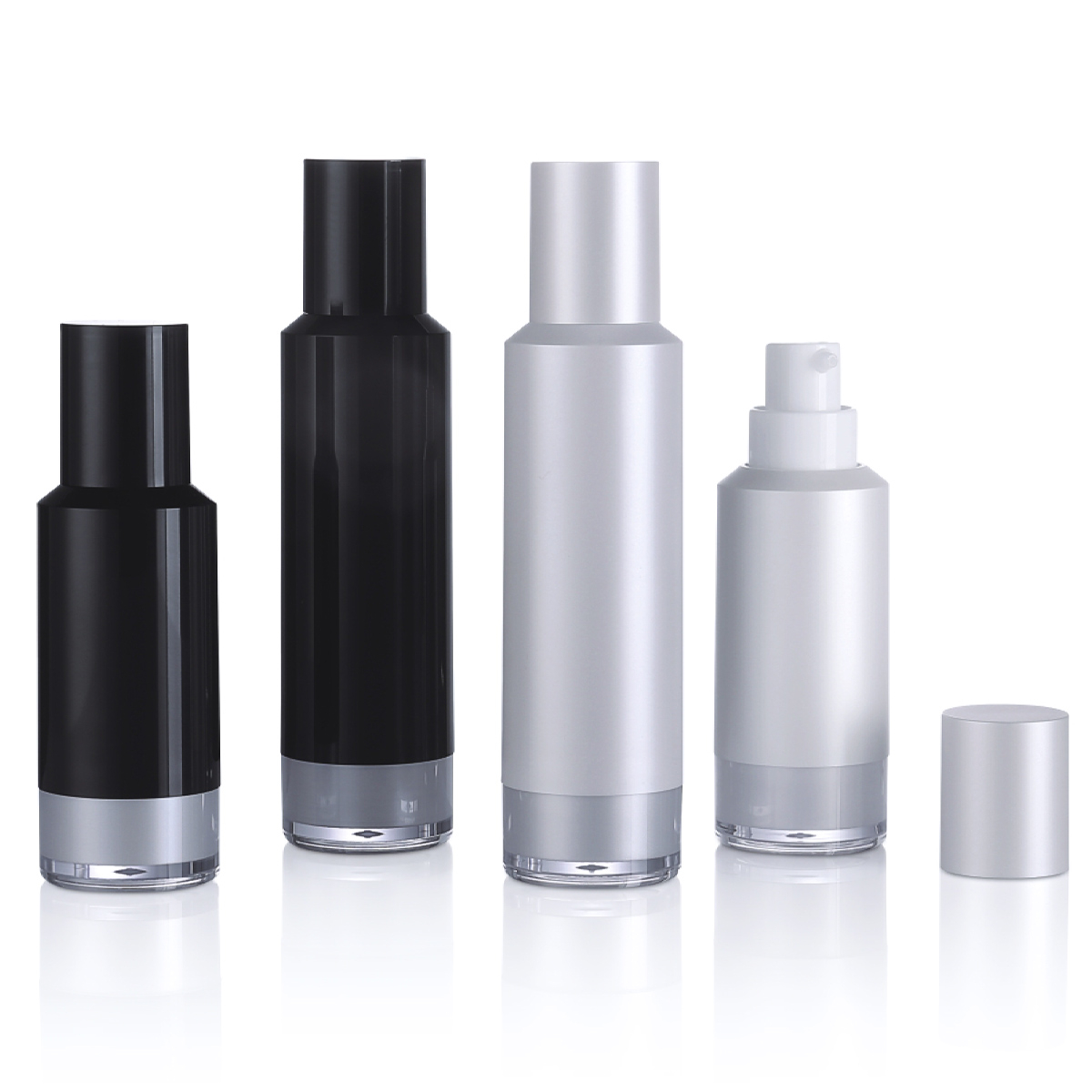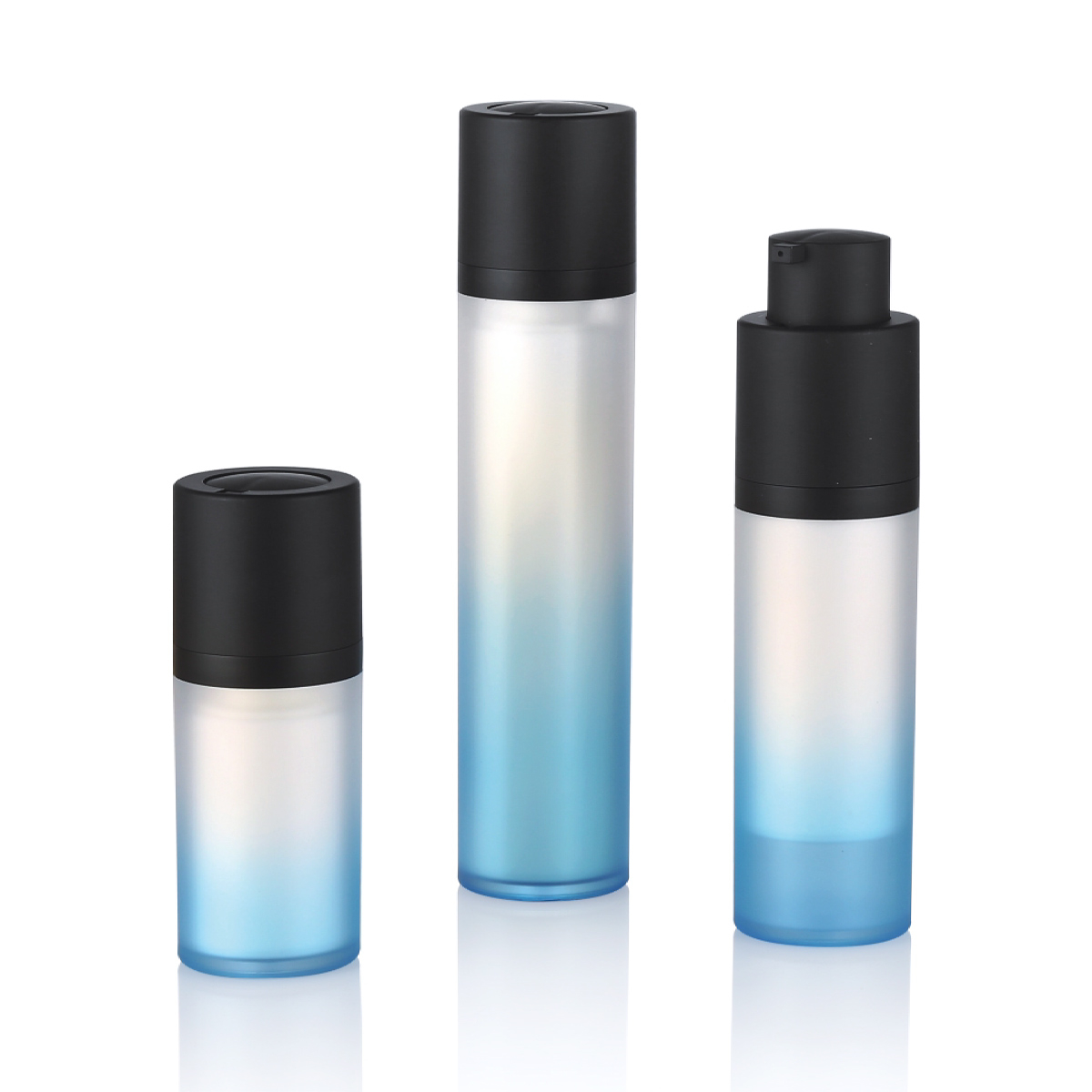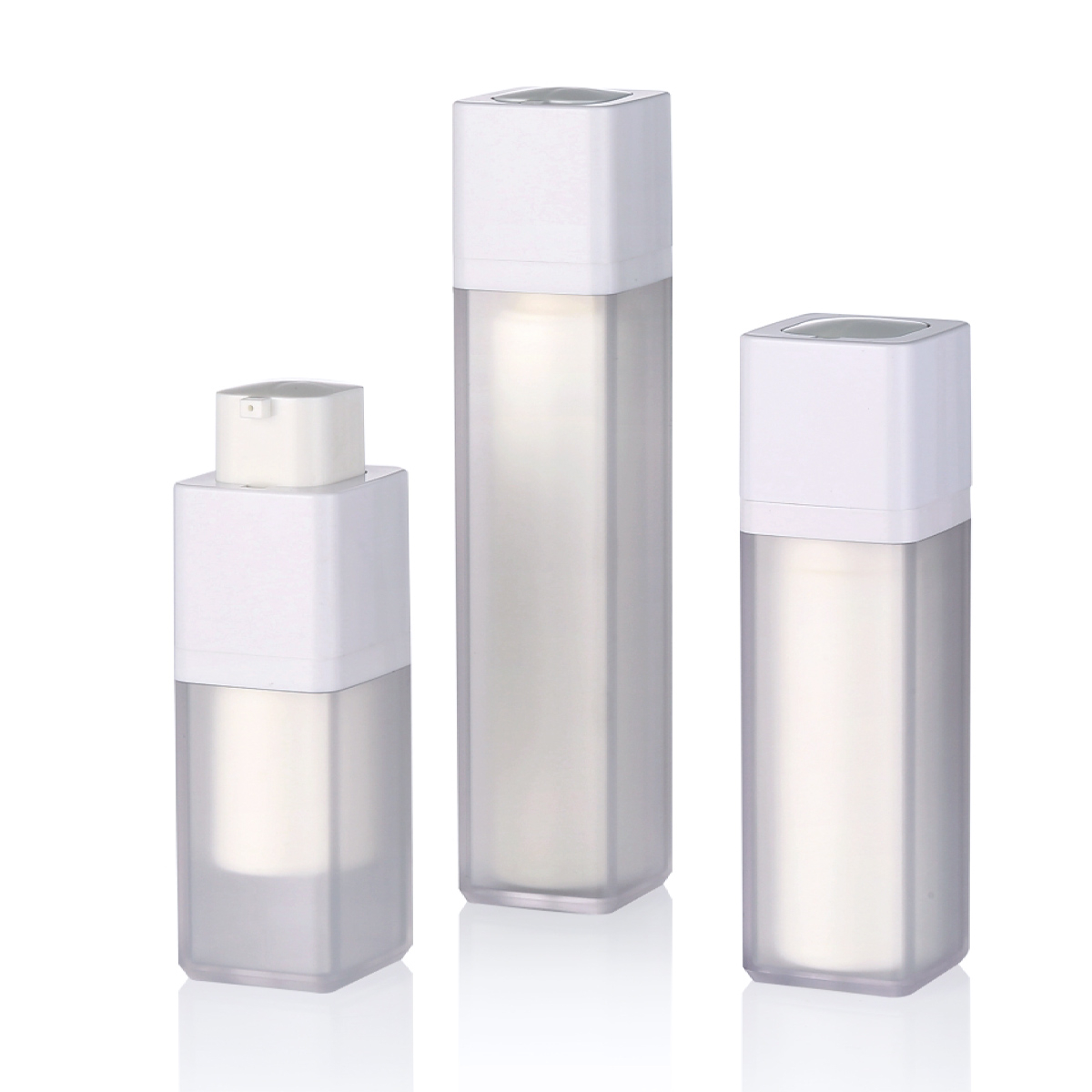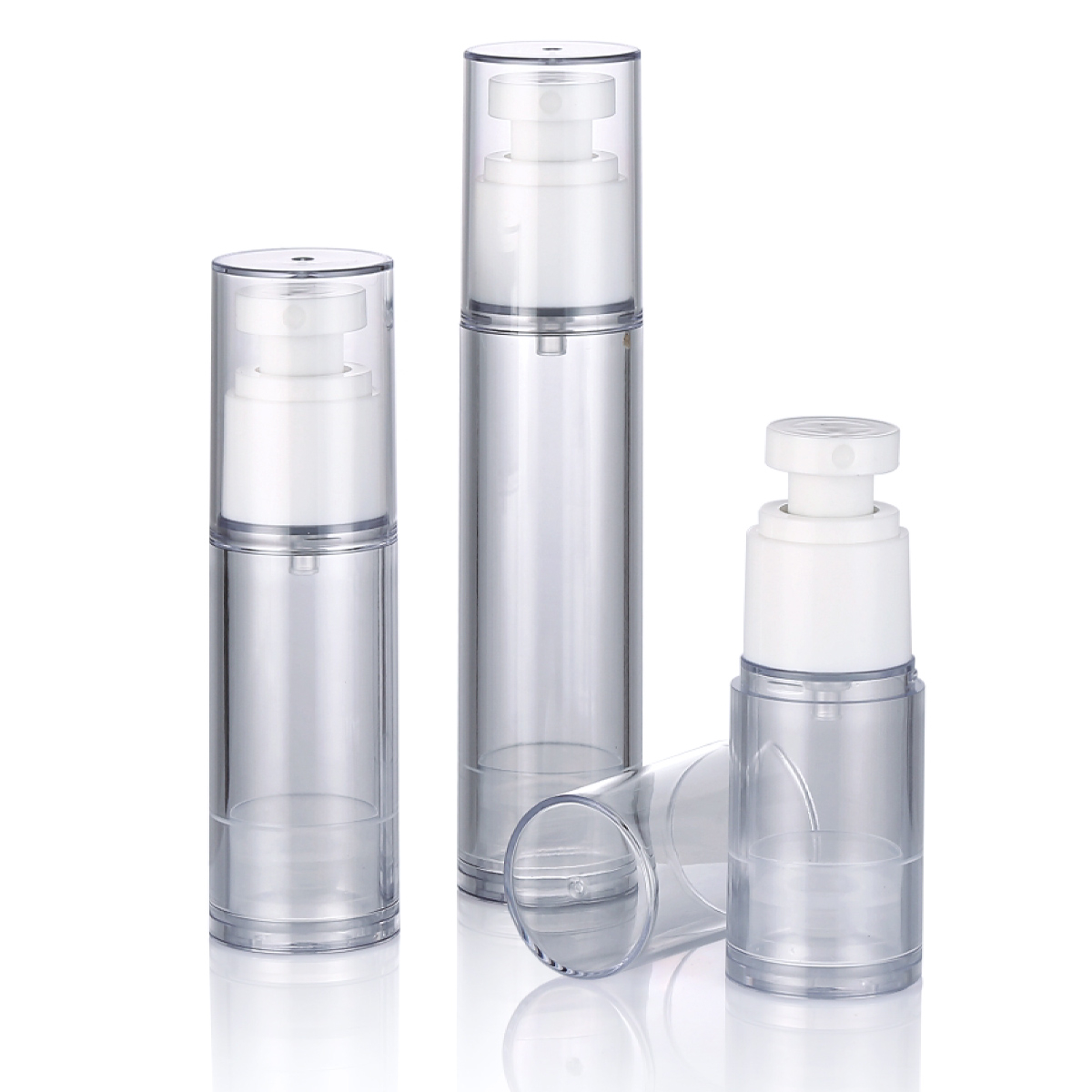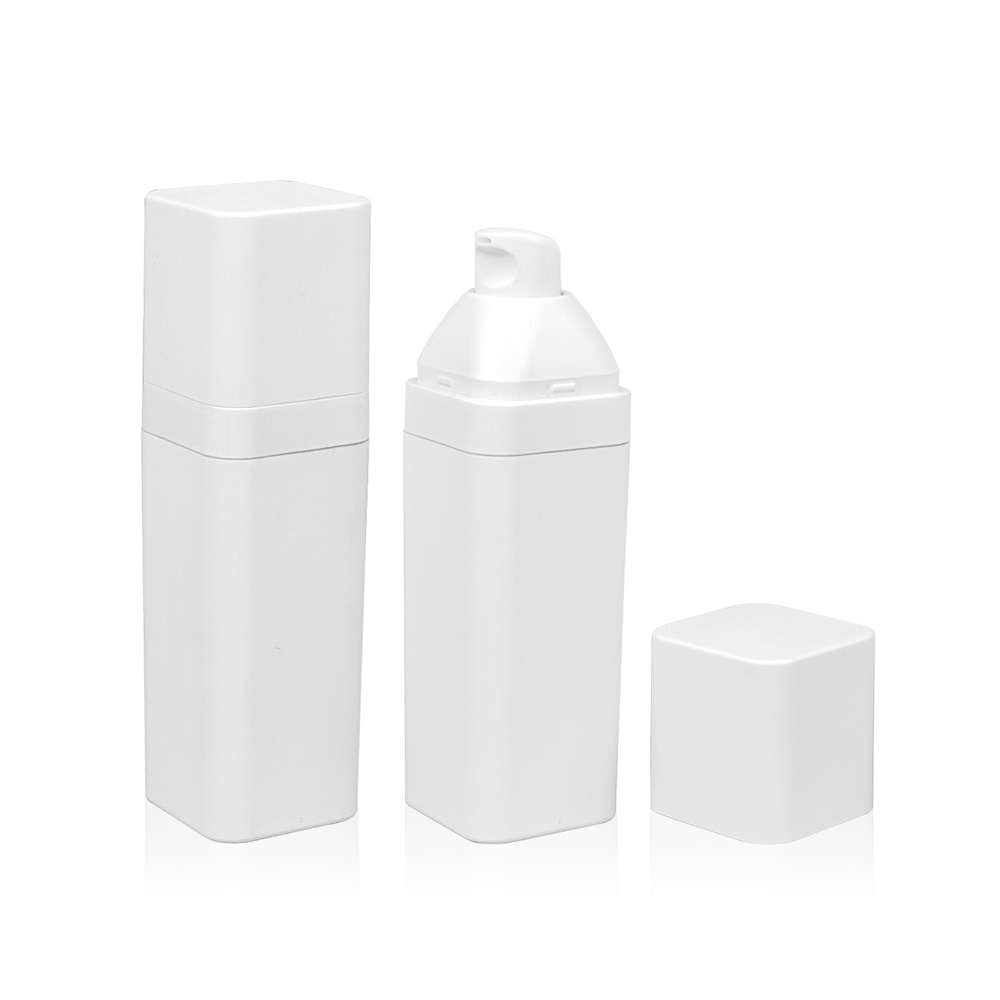For consumers frustrated by expensive creams or serums stubbornly clinging to container walls, and for formulators battling product degradation, airless bottles offer a compelling solution. This innovative packaging technology significantly reduces product residue compared to traditional jars and pump bottles. But how does it achieve this? The answer lies in its unique, airtight dispensing mechanism.
The Core Mechanism: Airtight and Vacuum-Driven
Unlike standard bottles relying on suction tubes or simple pumps pulling air into the container, airless systems operate on a vacuum principle. Here's the breakdown:
- Piston Base: The bottle contains a rigid, movable floor – the piston or disc – sitting directly beneath the product.
- Check-Valve Dispenser: The pump head features a specialized mechanism. Pressing the actuator forces product out through the nozzle. Crucially, when released, a check valve prevents air from being sucked back into the bottle. Instead...
- Vacuum Creation & Piston Movement: As product is dispensed and no air replaces it, a vacuum forms inside the rigid outer container. This vacuum causes the piston at the base to rise steadily upwards, pushing the remaining product towards the dispenser.
- Continuous Contact & Complete Evacuation: The piston maintains constant contact with the product, essentially scraping the container walls clean as it ascends. This continuous upward push ensures virtually all the product, typically 95% or more, is delivered to the dispenser outlet until the piston reaches the top.
Why This Minimizes Residue:
- No "Dead Space": Traditional bottles often have corners, crevices, or the bottom area below a dip tube where product pools and becomes inaccessible. The rising piston in an airless bottle eliminates this dead space entirely.
- No Product-Air Interface: Because air cannot re-enter the bottle, the product doesn't cling to the container walls above the piston level due to adhesion or surface tension in the presence of air pockets. The piston pushes it all upwards.
- Direct Mechanical Action: The piston physically pushes the product mass, ensuring minimal film residue is left on the container walls.
Beyond Residue Reduction: Added Benefits
The airless system's advantages extend beyond just getting the last drop:
- Enhanced Preservation: The airtight seal and prevention of air influx drastically reduce oxidation and contamination from microbes or airborne particles. This is crucial for stabilizing sensitive ingredients like vitamins (A, C, E), retinoids, peptides, and botanical extracts, preserving their potency and efficacy throughout the product's lifespan.
- Improved Hygiene: Minimizing contact with air and user fingers (unlike jars) significantly lowers the risk of bacterial or fungal contamination inside the product itself.
- Controlled Dispensing: Airless pumps typically deliver precise, consistent doses with each use, promoting accurate application and preventing waste from over-dispensing.
- Formula Compatibility: Airless systems effectively protect both water-based and oil-based formulas, as well as thick creams and thin serums, from air exposure and contamination.
For formulators, the reduction in residue translates directly to improved cost efficiency (less product wasted in packaging) and greater confidence in product stability and shelf life. For consumers, it means maximizing the value of their purchase – paying for usable product, not packaging waste – and receiving a fresher, more effective formulation for longer. The vacuum-driven piston mechanism is an elegant engineering solution that tackles the persistent problem of product retention head-on, making airless bottles a technologically superior choice for premium skincare, cosmetics, and pharmaceuticals where preservation and complete delivery are paramount. Their ability to drastically reduce residue is a core feature underpinned by sound physical principles.

 English
English 中文简体
中文简体 Español
Español عربى
عربى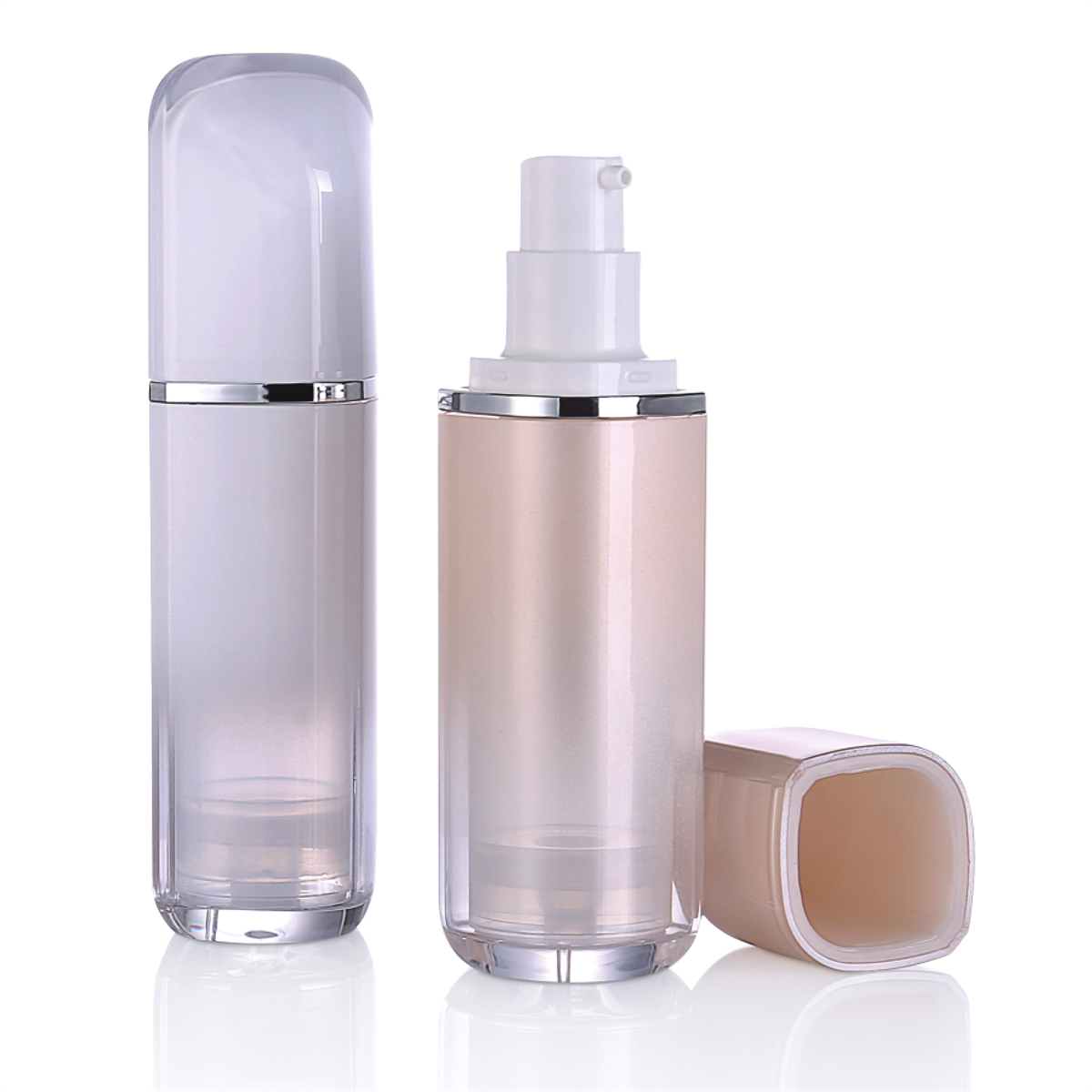
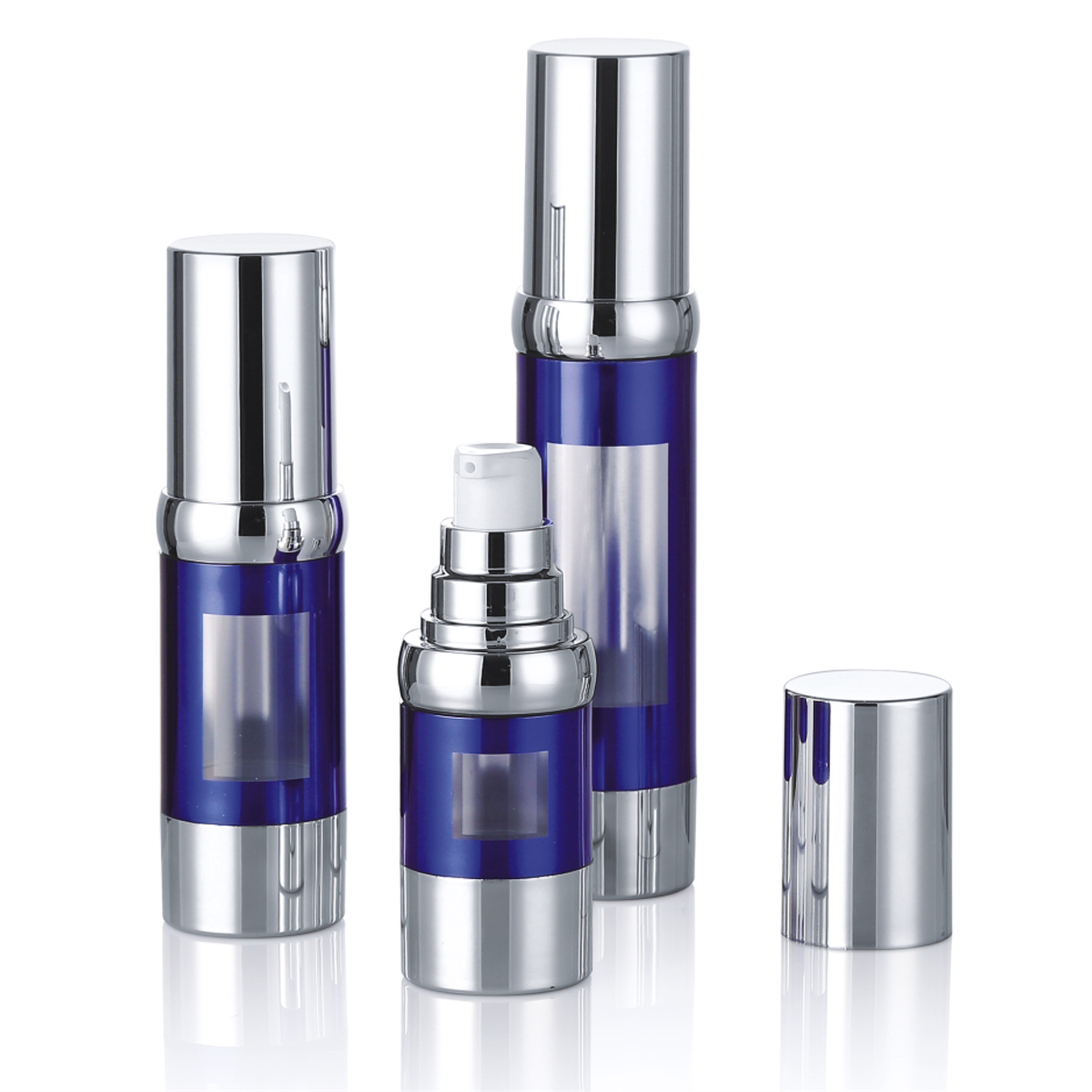
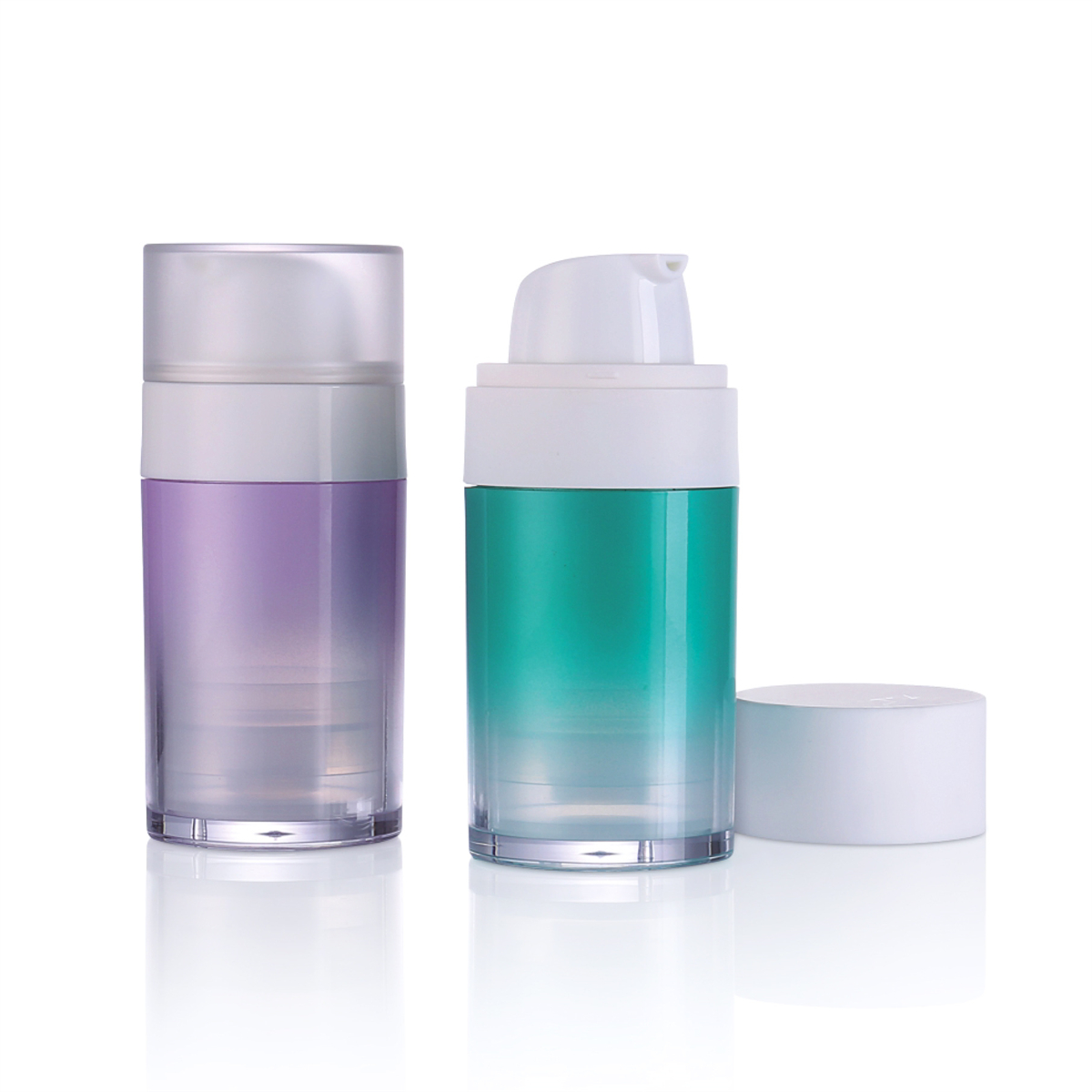

.jpg)
